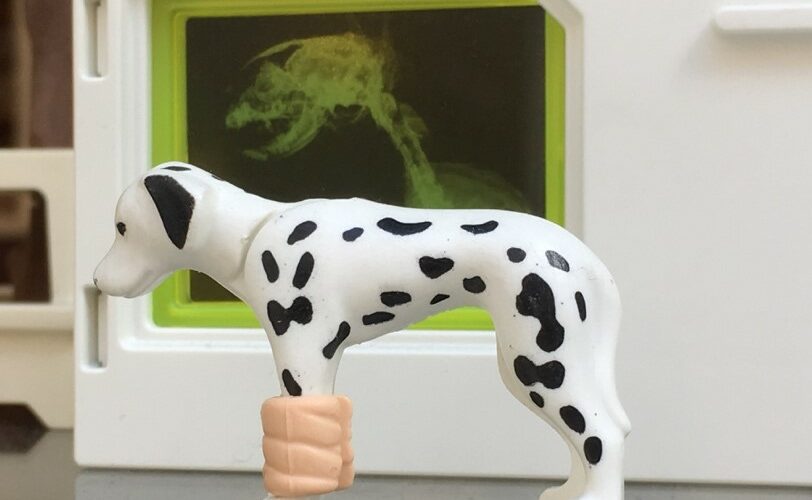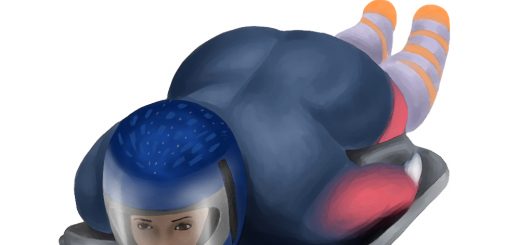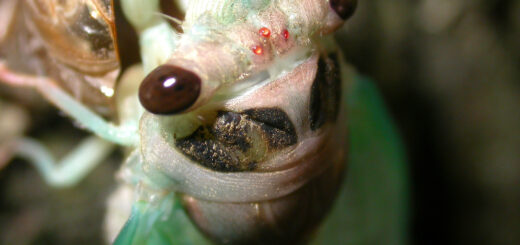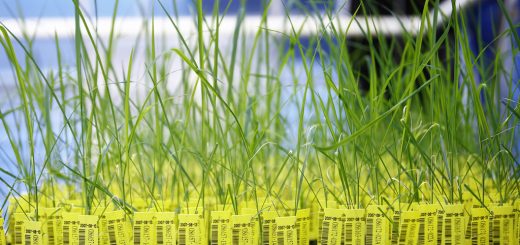A Skeleton of Scaffolding: How You Can Grow Your Own Bones

We have 206 bones in our body, and as durable as they are, occasionally they get damaged. Thankfully, most bone wounds are fixable – how many of us have dealt with that painful broken pinkie toe? However, when the trauma is severe, amputation might appear as the most reasonable option. This dire scenario seemed to be the only one possible for Eva – a two-year-old Munsterlander dog struck by a car. Nevertheless, a combined team of veterinary surgeons and biomedical engineers at the University of Glasgow found a way to evade amputation through an experimental bone-repair technique1.
Regenerative medicine is a broad new field which aims to replace or repair injured body tissues by exploiting the replicative potential of stem cells2. The critical step for this technology to work is the choice of appropriate scaffold materials. The scaffolding must be able to support cell growth and allow the delivery of signalling molecules – which promote cell migration, growth, and differentiation in the target tissue.
The scaffold chosen by the Glasgow research team to heal Eva’s leg consisted of a polyamide tube coated with two key materials: a biopolymer called PEA and the protein fibronectin. Fibronectin can efficiently bind – and then deliver to the host tissues – the growth factor BMP-2: a protein which promotes bone proliferation and differentiation. In addition, fibronectin can also bind to host integrins, which are a family of protein receptors involved in signalling and cell adhesion (where cells stick to each other, or to surfaces). Interestingly, the binding of fibronectin to BMP-2 and host integrins are not independent events, but they show synergism: in fact, each binding event enhances the other to produce a greater overall effect. Simply put, fibronectin is more efficient at delivering the growth factor to the tissues when it is also bound to host integrins. Such phenomenon increases the success of the technology in vivo since it allows to lower the administration dose of growth factor, hence reducing costs and unwanted side effects3.
The research efforts gave Eva’s story a happy ending: the implant successfully promoted the regrowth of the irreversibly damaged bone tissue, putting Eva back on her paws. The main aim is to include tissue-regeneration techniques in the medical routine; however, there are still considerable technical obstacles that must be solved. Firstly, it is important to consider that not all body tissues respond optimally to regeneration strategies. For example, bones retain an intrinsic ability to regenerate throughout adult life; therefore, they are responsive to growth factor stimulation. On the other hand, tissues such as the pancreatic islets have a limited regenerative ability, and further research is required to overcome such limitations. Besides, even if some experimental tissue-engineering techniques have shown to be successful, there is still a long way of clinical trials to go before effective human applications.
Edited by Richard Murchie










